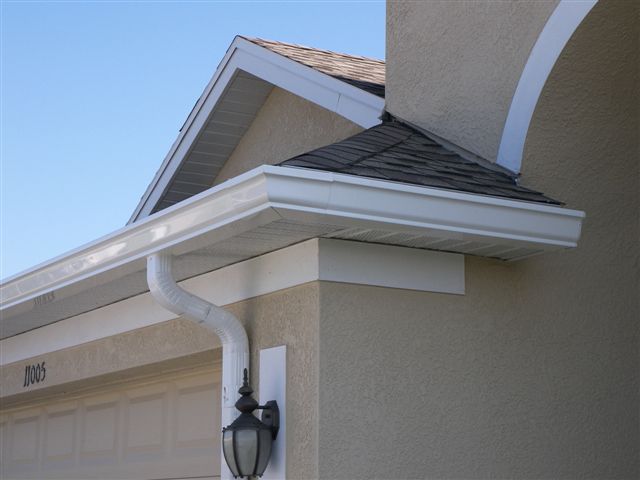Original Post: Apr. 3, 2012
South Africa is well known for its immense beauty, rich biodiversity, and abundant wildlife. However, climate change poses a real risk to these natural assets, as well as to the people who live in this beautiful country. As recent hosts to the COP17 meeting held in Durban, South Africans received a bit of a wake up call as to some of the realities of climate change, and how climate change will impact the lives of South African people.
With global warming and climate change becoming more and more of a reality, South Africa is also experiencing a gradual, yet steady, change in climate. Temperatures have risen significantly over the last 60 years, and are predicted to continue this rising trend, with a rise in temperature of 1-2°C expected in coastal regions, and 3-4°C expected in interior regions by 2050. An increase of 3-4°C in coastal regions is predicted and 6-7°C in interior regions is predicted by 2100. Rainfall patterns are also shifting, although this is a little more variable and unpredictable.
Vulnerability
From a socio-economic aspect, South Africa is particularly vulnerable to the impacts of climate change for a number of reasons. Firstly, a large proportion of the population live in impoverished circumstances, where informal settlements are set up in locations that are vulnerable to extreme weather events, and lack of adequate housing structures to offer sufficient protection against rain, wind and cold. In addition there is a high incidence of disease, which places impoverished people at further risk. Much of South Africa experiences low and variable rainfall, with access to safe drinking water posing a problem in some communities. As most of the surface water resources are already utilized to their full potential, water shortages could pose a problem in the future, and climate change could exacerbate this further.
Socio-Economic Impacts
Agriculture and fisheries both play an important role in food security. They also provide employment opportunities for a large percentage of the population. Both agriculture and fisheries face climate change related threats. Should the agriculture and/or fisheries potential be reduced, the socio-economic impacts would be severe. Many agricultural sectors are sensitive to the changes projected, and while some areas may benefit from raised temperatures, in other areas this may spell doom to the local agricultural industry. Small scale farmers and subsistence farmers are most vulnerable to the effects of water shortages and droughts, and while larger commercial farmers have better infrastructure, such as boreholes, windmills, pumps and irrigation systems that may help them to cope with water shortages, they may also be effected by water restrictions. In summer rainfall areas, maize production (a staple food source) could be adversely affected, while fruit and cereal crops grown in regions that receive winter rainfall are expected to be negatively affected.
The negative impacts are not likely to be limited to the agricultural sector. The shift in rainfall patterns, together with rising temperatures and atmospheric carbon dioxide is likely to enhance vegetation growth in some regions, which could result in bush encroachment in Savannah regions – the Kruger National Park is one area at risk. This could change ecosystem and population dynamics, leading to a change in plant and animal communities. Biodiversity hotspots, including grassland, fynbos, and succulent karoo biomes, which are renowned for their indigenous biodiversity – much of which is endemic to the area – are also at risk from climate change. Many of these areas are threatened by invasive alien vegetation, which is better adapted to change, and quickly out-competes the indigenous vegetation, rapidly taking over and transforming the landscape into a mono-community consisting solely of alien plants. This in turn impacts indigenous wildlife that depends on the displaced indigenous plants for survival.
Forestry too is impacted, as commercial forests place a large demand on water resources. With the shift in rainfall patterns, wetter areas where commercial forestry was traditionally undertaken may not have sufficient water resources available to allocate to this sector. Furthermore, with an increase in temperatures and drop in rainfall, the frequency and intensity of wildfires will threaten many vegetation types, from forests to fynbos.
The marine environment has also shown changes in physical characteristics, with a rise in sea level; and warming of the Agulhas and Benguela currents on the east and west coasts of South Africa respectively. Studies on seabirds have shown a steady decrease in ocean productivity, which is related to climate change. The African penguin, an iconic marine bird that is endemic to South Africa and Namibia, is at risk of extinction due to a number of factors, including climate change related factors: increased temperatures force breeding penguins to abandon their nests; decrease in ocean productivity due to warmer sea surface temperatures results in chick mortality as there is insufficient food for the parents to feed their chicks. Decreased ocean productivity lends itself to overfishing, as fishermen scramble for dwindling marine resources, further exacerbating the problem.
Many of these effects will have huge implications on food security, employment, exports (fruit, wine), and tourism. But it does not end there; in areas where more rain and higher temperatures are predicted, tropical diseases such as malaria may become more prevalent. In addition, an increase in the occurrence of extreme weather events may increase the risk of cholera outbreaks, especially in informal settlements where sanitation is lacking, and residents often do not have access to safe drinking water.
Climate change does not just imply a gradual change in climate – although the changes may indeed be gradual and subtle – the long term effects are far more drastic. These effects have the power to negatively affect the health and wealth of a nation considerably.
References:
Midgley, G., Spalding-Fecher, R., Turpie, J. & Winkler, H. Economic Impacts of Climate Change in South Africa: A Preliminary Analysis of Unmitigated Damage Costs. Southern Waters Ecological Research & Consulting & Energy & Development Research Centre, University of Cape Town. February 2002
South African National Biodiversity Institute. South Africa’s 2nd National Communication on Climate Change: Key findings. Presentation to Climate Change Workshop. 1 April 2011.
Contact us today for a FREE professional consultation.
Get a Free Quote Contact Us
Call us now on 011 467 7600 | 011 791 0925












